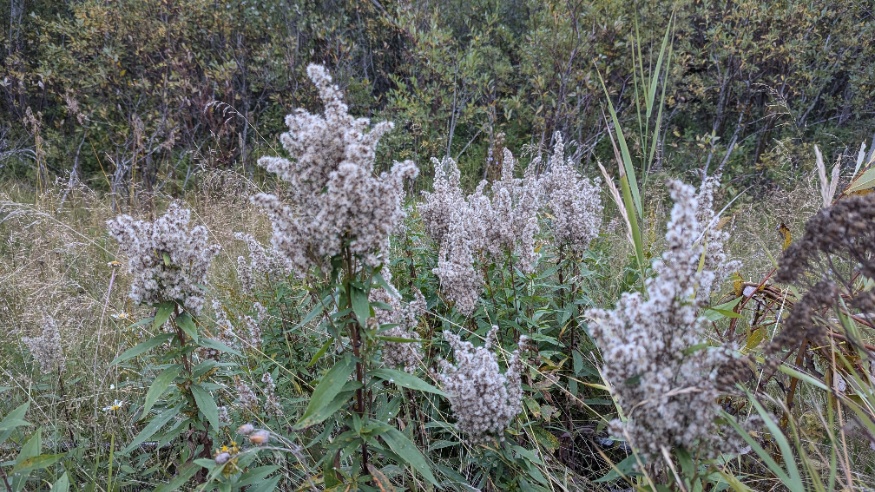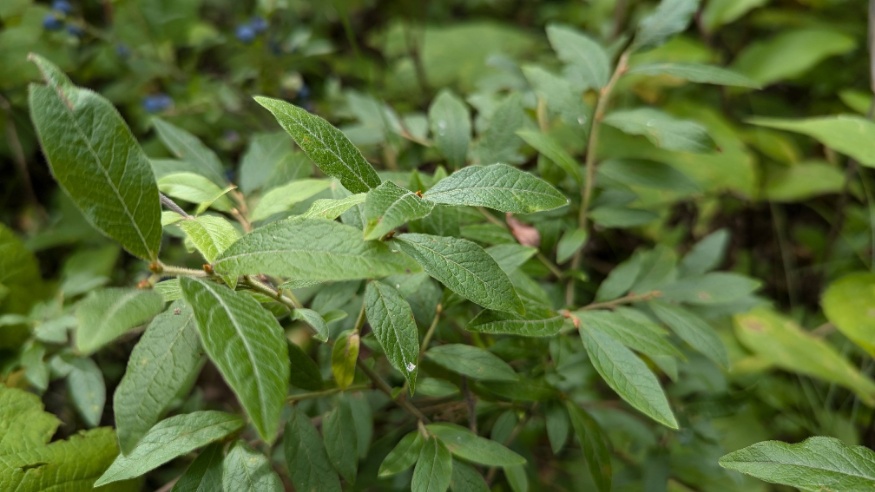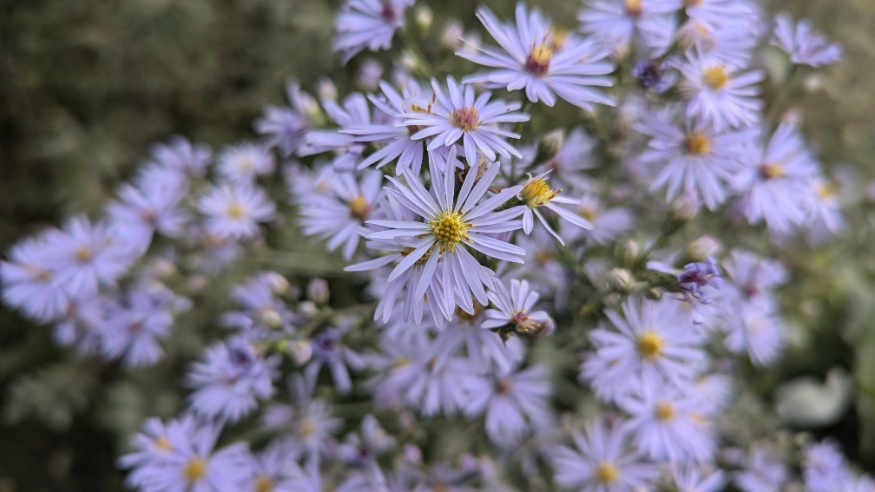Planting Mail Order Seedlings

Getting plant starters via mail is increasingly popular and a great way to find particular plants without having to do any travelling or shopping around (though shopping for plants can be fun too!). Plants can be surprisingly resilient in the mail, but by the time they arrive they've probably endured days of darkness, possibly heat or cold and a lack fresh air. Proper care upon arrival is crucial to the survival our your precious investments.
Upon Arrival
Once your plants arrive, they should be taken out of their box immediately. Since many different types of plants often need to ship in the same box, some may have been cut back to fit and to avoid dehydration during delivery. Don't worry, there's no harm in it and they grow right back once settled in their new environment. The seedlings will likely need Watering right away. Soak the entire root system but make sure to let the water drain away. Immediate planting is ideal, but if not possible they may be kept in their pot, or root wrapped (if they're in a plug or soil block) for a few days provided they have air circulation, watering, and proper sun exposure according to your species. Remember they've been in darkness for a long time so light exposure is also important.
Planting
First make sure your planting site has the right sun, soil type, and moisture levels for your species. If possible, aerate the planting area with a garden fork or shovel by prying it rather than turning it. This will break up the compaction. You may add some organic soil amendments if needed, just make sure to mix them with the native soil you're planting into. Dig a hole at least twice the diameter and to equal depth of the root ball. Gently remove plants from trays if applicable by squeezing or pushing the tray bottom and holding the plant from the very base of its stem. Plants that ship in a seedling tray should have their roots scored before planting. This involves using a knife and cutting across any circling or dense root clusters, breaking their spiral action. This helps the roots to grow outward once planted. If your seedling comes in a soil block, they won't need this step since their roots were air pruned as they grew. Plant your seedling to equal ground depth of the existing root ball and lightly pack the soil around it. Make a slight mound around your seedling to help retain water while establishing. Give it a good watering, enough for the very bottom roots to receive it.
Maintenance
Applying a mulch of some kind is great for retaining moisture, improving soil biology, and to help with weed control. This could be wood chips, leaves, grass clippings, or even newspaper works. Newly planted seedlings often have a higher success rate when mulch is used. Water and weeding as needed for the first couple seasons, and reapply mulch annually. 1 to 3 inches of mulch does wonders, just make sure not to mound much around plant stems. Doing so could cause rotting around the base of the stem. Once your plants are established (especially for native plants and perennials) they shouldn't need much besides mulch and maybe not even that.
Seeds are great for certain plants like wildflowers and can be a great choice, especially when on a budget. But growing from seed can sometimes be a bit tricky, all depending. Mail order seedlings may be the next best economical choice and the success rate is much higher when planting something that already has roots. Shopping around for plants in person is a fun experience, don't get me wrong, but if you need to go native or want something particular, mail order plants are a great way to go. I tried it myself years ago and was so excited to get my native plants in the mail! They arrived in great condition, were planted and grew just fine. What a great idea! we hope to give the same experience to our customers.


